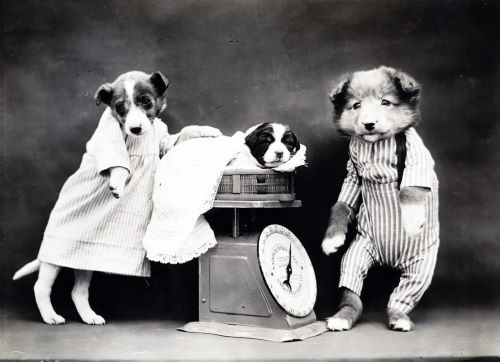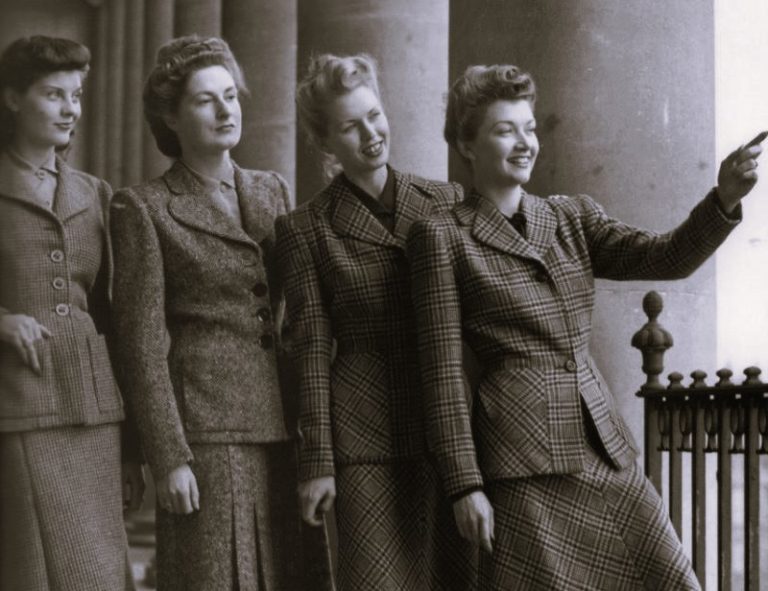


By Niranjana Rajalakshmi
Veterinarian and Science Journalist
Penny, a 1-year-old Pembroke Welsh corgi, has an orange tutu with jet-black highlights in a lavish wardrobe that also features a close-fitting tartan dress and matching sheer overlay rendered in burgundy red.
Her owner, Stephanie Duval, prefers to give Penny a feminine look, whether she’s taking her to the park or bringing her along to a restaurant.
Duval, a resident of Las Vegas, keeps some practicalities in mind. She leaves room for Penny to take care of toileting, and always has a collar at hand — though while bringing some joie de vivre to even that most pedestrian item of dog attire.
“She has more collars, I think, than I have jewelry,” Duval said in an interview.
Penny is just one of a growing number of pets that, despite possessing their own natural fur coats, are finding themselves draped in clothing like what humans wear.
The fashion craze raises questions about its underlying drivers and durability, while stoking discussion in the veterinary community about the purported health benefits — and myriad hazards — of dressing pets as people.
READ ENTIRE ARTICLE AT VIN NEWS


